 |
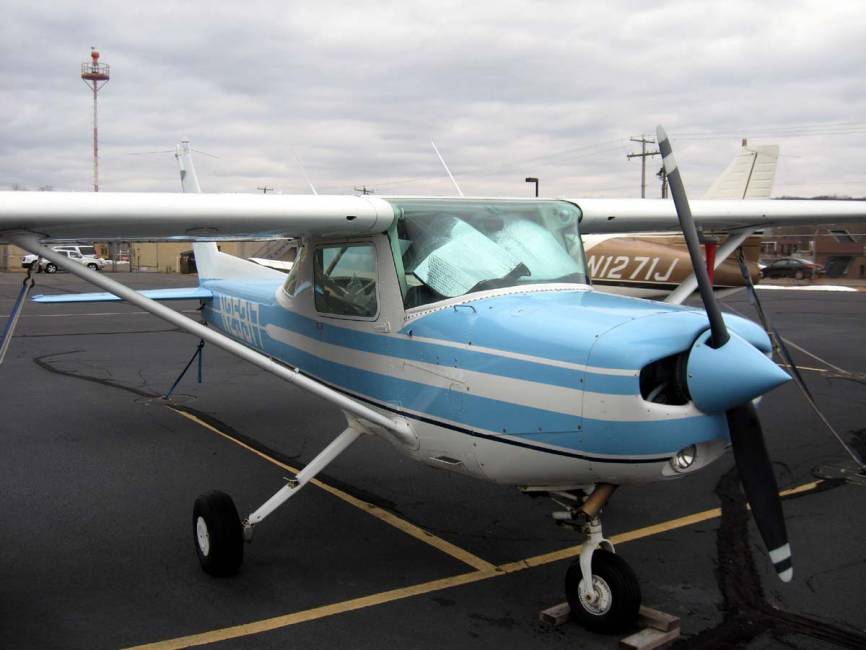 |
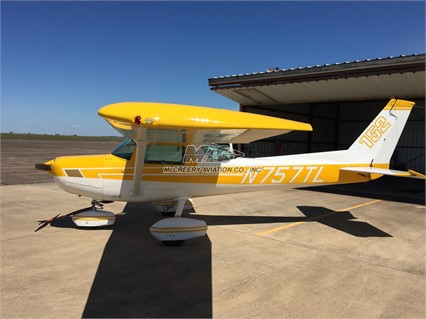 |
 |
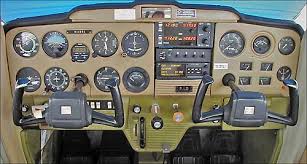 |
.jpg) |
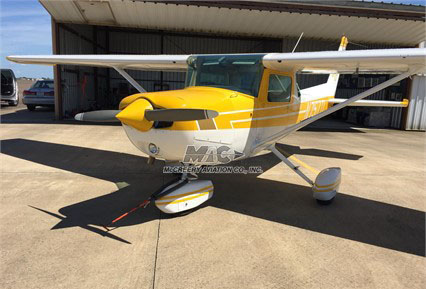 |
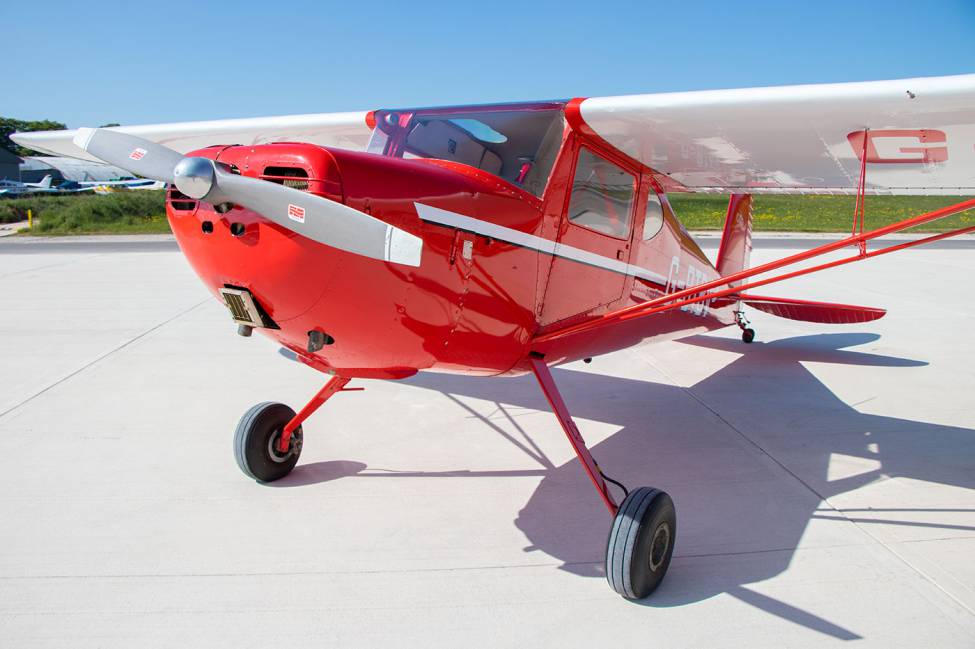 |
.jpg) |
 |
||
Cessna 150-152
Tillverkades mellan 1959-1985 i ca. 30 000 ex.
Cessna 152s produced between 1977 and 1982 were equipped with Lycoming O-235-L2C engines producing 110 hp (82 kW) at 2550 rpm. This engine still suffered some lead-fouling problems in service. In 1983 it was succeeded by the 108 hp (81 kW) O-235-N2C which featured a different piston design and a redesigned combustion chamber to reduce this problem. The N2C engine was used until 152 production ended in 1985. First delivered in 1977 as the 1878 model of the year, the 152 was a modernization of the proven Cessna 150 design. The 152 was intended to compete with the new Beechcraft Skipper and Piper Tomahawk, both of wich were introduced the same year. Additional design goals were to imptrove useful load through a gross weight increase to 1670 lbs (757 kg), decrease internal and external noise levels and run better on the then newly introduced 100 LL fuel. As with the 150, the greate majority of 152`s were built at Cessna factory in Wichita, Kansas. A number of aircraft were also built by Reims Aviation of France and given the designation F 152/FA152. Production of the 152 was ended in 1985 when Cessna ended production of all of their light aircraft by that time, a total of 7584 examples of the 152, icluding A 152 and FA 152 Aerobat aerobatic variants, had been built worldwide.
In 2007 Cessna announced that it would build a light sport successor, designated the Model 162 Skycatcher, although production ended in 2013. All Cessna 152`s were manufactured with a Lycoming O-235 eingine wich has been in production since 1942. The Lycominig provided not only an increase in eingine power over the Cessna 150, but also was more compatible with the never 100 LL low lead fuel. Cessna 152s produced between 1977 and 1982 were equipped with Lycoming O-235-L2C engines producing 110 hp (82 kW) at 2550 rpm. This engine still suffered some lead-fouling problems in service. In 1983 it was succeeded by the 108 hp (81 kW) O-235-N2C which featured a different piston design and a redesigned combustion chamber to reduce this problem. The N2C engine was used until 152 production ended in 1985.
Specifications (Cessna 152) Data from Cessna 152 Pilotīs Operating Handbook
General characteristics
Crew: One pilpt, one passenger, one child
Lenght: 24 ft 1 in (7.3 m)
Wingspan: 33 ft 4 in (10.2 m)
Height: 8 ft 6 in (2.6 m)
Wing area: 160 ft`2 (14.9 m`2)
Empty weight: 1.081 lb (490 kg)
Max takeoff weight: 1.670 lb (757 kg)
Powerplant: 1 x Lycoming O-235-L2C flat 4-stroke eingine,
110 hp (82 kw) driving a 69 inch (175 cm), two -blade, fixed-pitch Mc Cauley propeller or a 72 inch,
two-blade, fixed-pitch Sensenich propeller
Performance
Maximum speed: 126 mph (110 knots, 204 km/h)
Cruise speed: 123 mph (107 knots, 198 km/h)
Stall speed: 49 mph (43 knots, 79 km/h) unpowered, flaps down
Take roll: 725 ft (221 m)
Range: 477 mi (414 nm, 768 km)
Extended range: 795 mi (690 nm, 1,280 km) with long-range tanks
Service ceiling: 14,700 ft (4,480 m)
Rate of climb: 715 ft/min (3,6 m/s)
Max wing loading: 10.44 lb/ft`2 (51 kg/m`2)
Minimum power/mass: .066 hp/lb (108 W/kg)
 |
 |
 |
 |
 |
.jpg) |
 |
 |
.jpg) |
 |
||